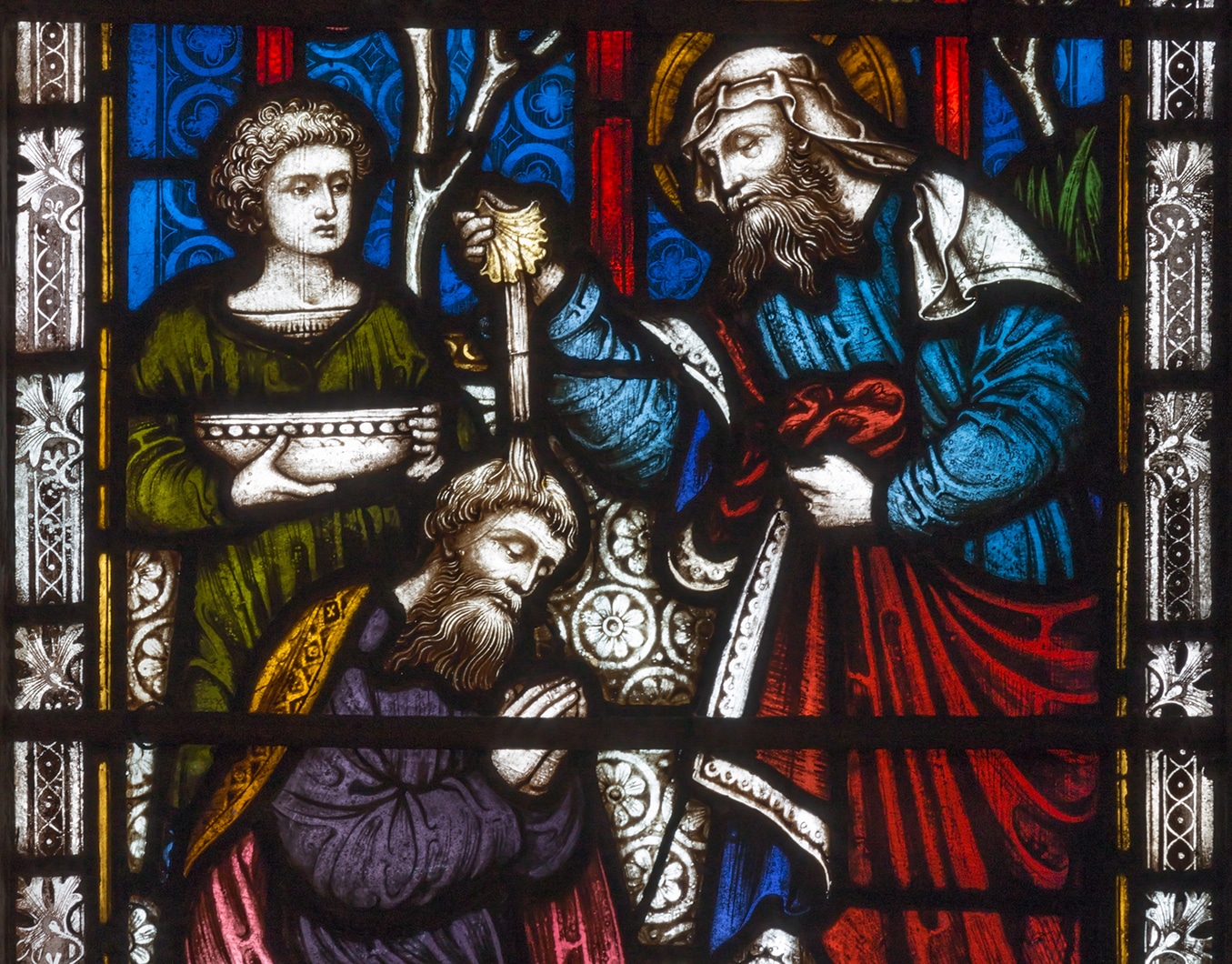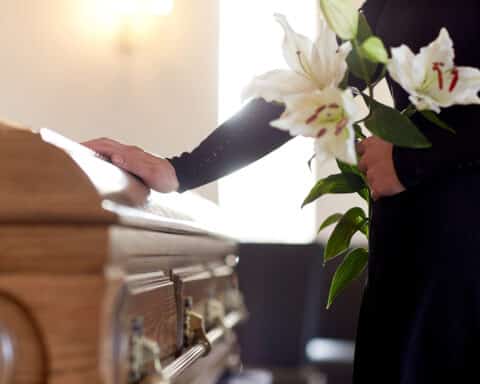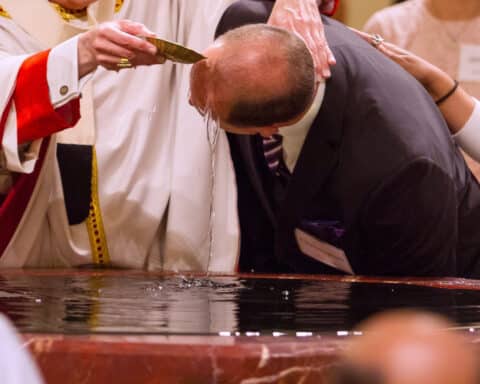This much is abundantly clear: Baptism, the actual pouring of water — H20 — while invoking Almighty God, was very important to St. Paul the Apostle.
St. Paul converted to Christianity because he had a spectacular vision of the Risen Christ. Paul was traveling to Damascus, today the capital of Syria, an important city in Paul’s day.
The experience was so intense that it threw Paul from his horse. The sight of Christ blinded him. Acts of the Apostles 9:3-9 reports the event.
Yet, despite this overwhelming encounter with the Son of God, St. Paul submitted to baptism, surely because it was thought to be important. Acts 9:18 says that Ananias baptized Paul.
Incidentally, St. Paul regained his sight. Grace brings clear vision.
For a long period of time thereafter he went far and wide through modern Greece, Turkey, Italy and elsewhere to preach that Jesus is Lord, the hope and relief of every human heart.
He wrote extensively about where he went and whom he met in his letters or “epistles,” read aloud so often at Mass and treasured as private spiritual reading by untold millions.
Wherever he went, with whomever he met, he stressed the importance of baptism, and his converts clearly understood this importance.
The form matters
His concept of baptism was anything but going through the motions, although certain characteristics of the action of baptism were, and still are in the mind of the Church, essential, such as the pouring of real water. No other liquid will suffice, and as the water is poured the words mandated by Jesus for baptism must be declared exactly: “I baptize you in the name of the Father, and of the Son, and of the Holy Spirit” (cf. Mt 28:19).
Plumbing, as it exists today, was unknown in St. Paul’s time. Water came from wells or springs that were numerous in many places. Homes frequently had cisterns to collect rainwater to be used for humans to drink, watering livestock, cooking, cleaning and so forth.
Often, household cisterns were sites of baptisms of families all together, including infants. (Thus many Christians — including Catholics, Orthodox, Episcopalians, Lutherans, Methodists and Presbyterians — baptize babies.)
St. Paul wrote about throngs of people who, hearing his message about Jesus, desired to be baptized. Given the numbers, only rivers or lakes had enough water for the purpose.
In these larger bodies of water, many converts were baptized. The setting provided an image that is hard to imagine today, when most Catholics associate baptism with bringing an infant to a small basin in the church holding at best a gallon of water.
Death to sin, life in Christ
A river better provides the thought of drowning, of death by being flooded by water. Converts stepped down into the river’s water, maybe under the water. (The Church still permits this form of baptism.) Death, however, was hardly the message. Rather, it was about being dead and then attaining a new life –living fully and forever.
St. Paul knew this. He saw baptism as giving life (cf. Gal 2:20). Sin brings death.
A form of baptism existed among Jews at the time. It represented the washing away of sin, an important part of Christian baptism, which frees the baptized from the effects of original sin. St. John the Baptist was performing this ritual when he baptized Jesus in the Jordan River (cf. Mt 3:13-17, Mk 1:9-11, Lk 3:21-22).
John the Baptist’s baptizing and Christian baptism also have a future dimension, vital for understanding baptism. The baptized Christian begins a new way of life. Past faults and past ways are gone. He or she now lives in, with and by Christ.
Lent points to Easter. It prepares for Easter. The centerpiece of Easter is the baptism of new Christians during the Easter Vigil. It is a good time for Catholics already baptized to question themselves. Because they are baptized, their sins are washed away and old ways are drowned. Are they truly living with Christ?





